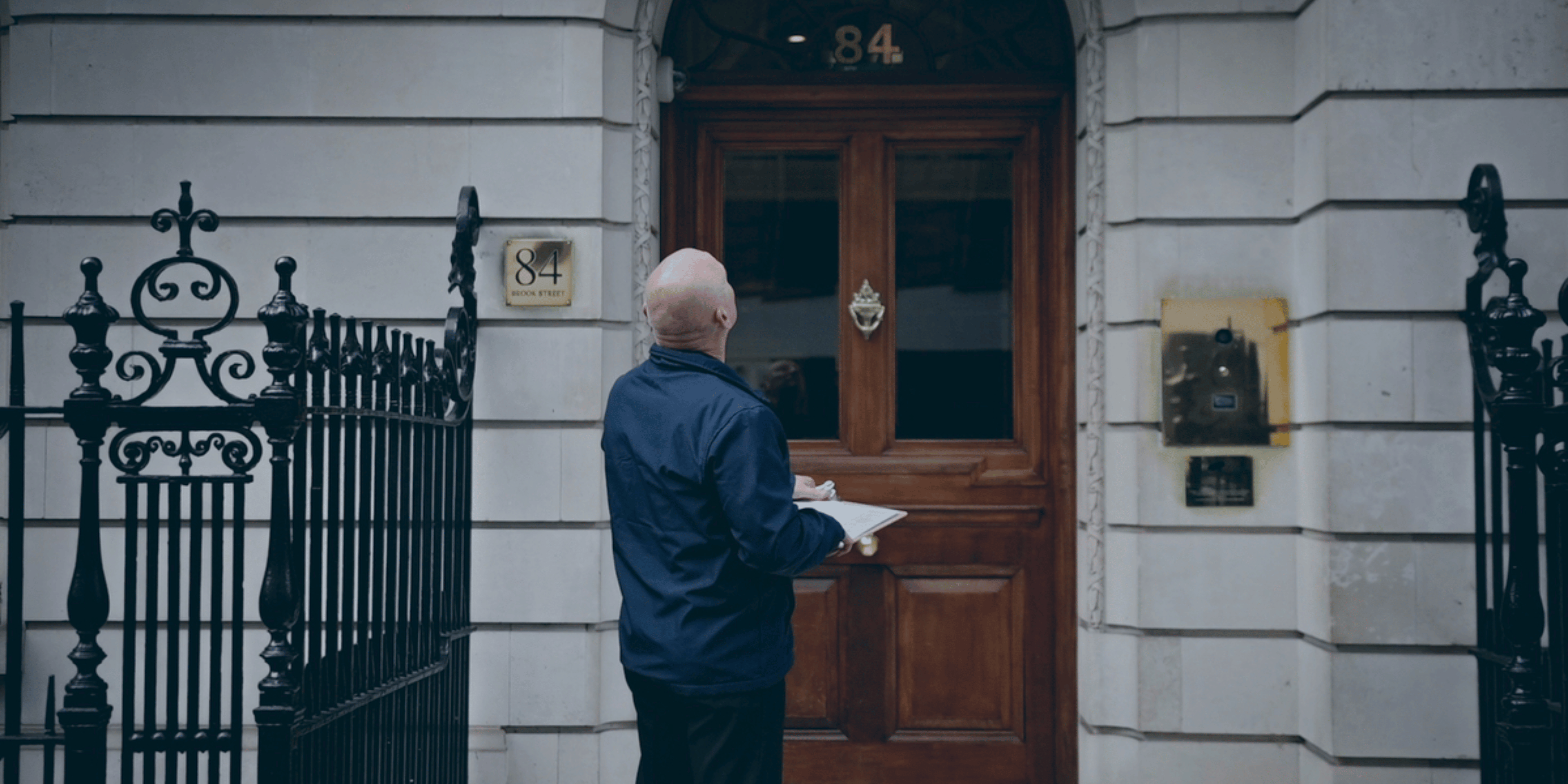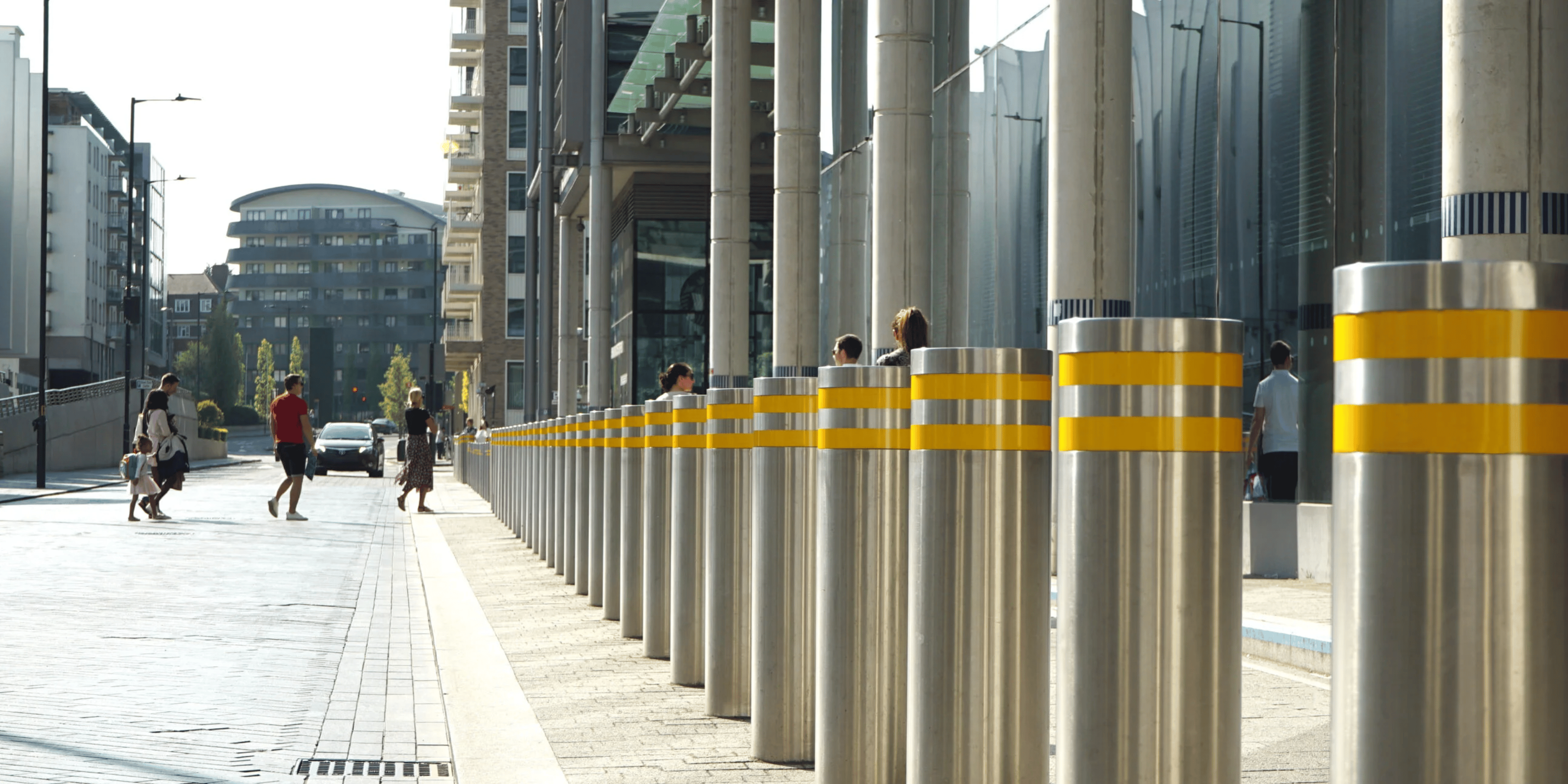
Enhance Construction Site Safety with Effective Security Agents

Overview
Effective security agents enhance construction site safety by conducting comprehensive risk assessments, implementing advanced technologies, and fostering a culture of safety among workers. The reality is that integrating smart monitoring systems, regular training, and adaptive security measures can significantly reduce incidents of theft. In practise, this not only ensures a safer working environment but also addresses critical vulnerabilities in this high-risk industry. The lesson is clear: prioritising security is essential for protecting assets and maintaining operational integrity.
Introduction
Construction sites are often bustling hubs of activity. However, this vibrancy comes with significant risks, including theft, vandalism, and workplace accidents. The reality is that in 2023 alone, £98 million worth of equipment was stolen from tradespeople in the UK. This statistic underscores the pressing need for robust security measures. For businesses, the implications of ignoring these risks can be severe—financial losses, operational disruptions, and reputational damage are all possible outcomes.
In practise, enhancing construction site safety requires a comprehensive approach. This article delves into effective strategies, including:
- Thorough security assessments
- The integration of advanced technology
- The implementation of proactive safety protocols
The lesson is clear: construction managers must ensure that their sites remain secure and compliant in an ever-evolving landscape of threats. By prioritising security, they can safeguard their assets and maintain business continuity.
Assess Security Needs for Construction Sites
To effectively assess security needs, it is essential to begin with a comprehensive risk assessment that encompasses several key components:
- Site Analysis: A thorough evaluation of the physical layout is crucial. This involves identifying potential access points, blind spots, and areas vulnerable to theft or vandalism. Establishing a secure perimeter with sturdy fencing and barriers, as a security agent would advise, serves as the first line of defence against unauthorised access.
- Historical Data Review: Analysing past incidents of theft, vandalism, or safety breaches allows for the identification of patterns and vulnerabilities. For instance, in 2023, equipment valued at £98 million was taken from tradespeople in the UK, underscoring the critical need for proactive protective measures.
- Stakeholder Consultation: Collaboration with project managers, employees, and a security agent can yield valuable insights regarding perceived risks and past safety challenges. This partnership fosters a , enabling employees to identify and report unusual activities.
- Regulatory Compliance: Ensuring that the assessment aligns with local regulations and safety standards is vital, as these may dictate specific protective measures. Compliance not only protects personnel but also mitigates legal risks associated with unauthorised access and potential injuries.
- Technology Integration: Assessing how technology—such as surveillance cameras, motion detectors, and access control systems—can enhance safety based on identified needs is imperative. Deploying mobile surveillance units offers adaptable coverage, adjusting to the evolving nature of building locations.
By performing a comprehensive evaluation, project managers can create a focused protection plan that effectively reduces risks, safeguards valuable assets, and ensures project continuity.
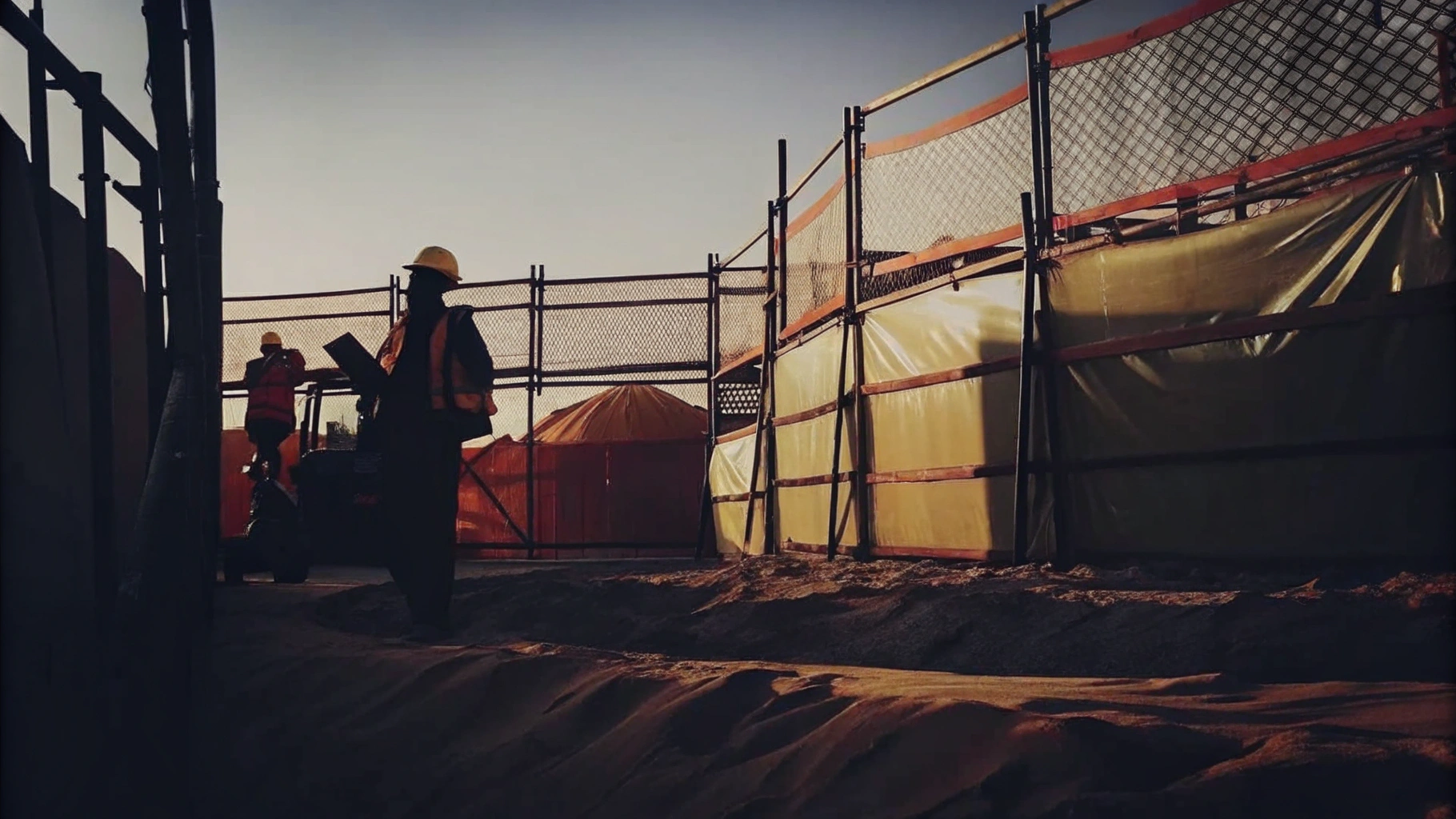
Leverage AI and Technology for Enhanced Security
To effectively leverage AI and technology in construction site security, consider the following strategies:
- Smart Monitoring Systems: Deploy AI-driven CCTV systems that can identify unusual actions and dispatch real-time notifications to personnel. These systems have demonstrated a 73% decrease in false alerts, thereby improving overall compliance and safety.
- Access Control Solutions: Utilise biometric or keycard access systems to restrict entry to authorised personnel only. This approach significantly reduces the risk of unauthorised access, ensuring that only qualified individuals are present on-site. AI can oversee site entrances using facial recognition, further enhancing safety measures.
- Predictive Analytics: Employ software that analyses data from previous incidents to identify potential vulnerabilities. By predicting risks, project managers can proactively modify security measures, resulting in safer environments. AI's predictive capabilities can also alert supervisors to non-compliance with protective protocols, such as improper PPE usage.
- Remote Monitoring: Utilise drones or mobile surveillance units to monitor large construction sites from above. This aerial perspective provides a comprehensive view of the area, allowing for immediate detection of unauthorised activities or safety hazards.
- Integration with Existing Systems: Ensure that new technologies can seamlessly connect with current protective measures. This unified approach enables real-time data exchange and enhances the overall efficiency of protective operations.
By embracing these advanced technologies, construction sites can significantly enhance their security posture, reduce incidents of theft and vandalism, and create a safer working environment for all personnel.
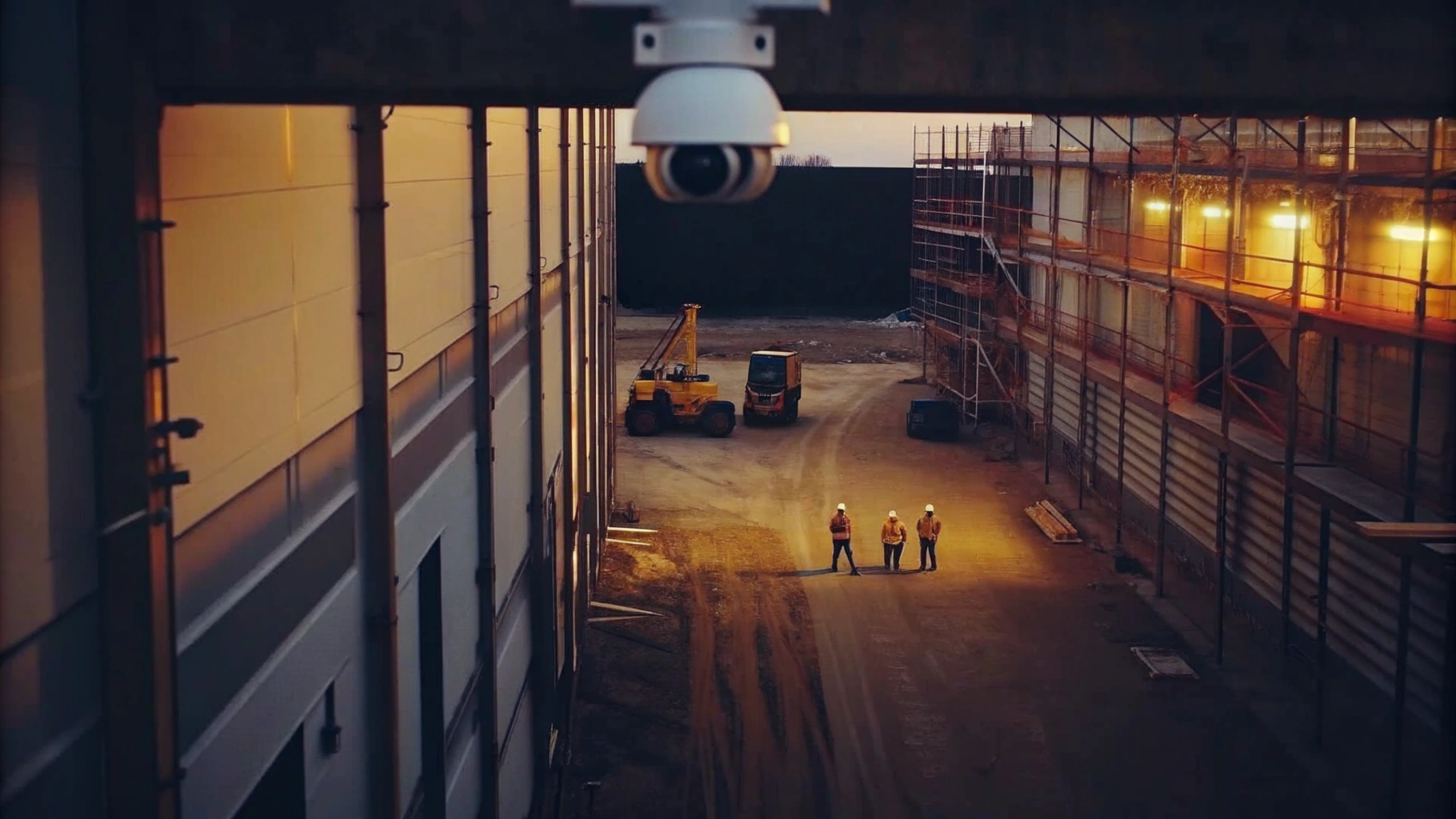
Implement Comprehensive Safety Protocols and Compliance Measures
To implement comprehensive safety protocols, it is crucial to address the pressing challenges faced by the construction industry, particularly in the UK, with the involvement of a security agent. The reality is that construction is the most perilous sector globally, with 51 workplace fatalities reported in the UK during 2023/24. This stark statistic underscores the need for that go beyond compliance.
- Develop a protection plan.
A detailed plan outlining procedures for emergency situations, including evacuation routes and communication protocols, is essential. This proactive approach not only safeguards workers but also enhances overall operational resilience. - Regular training is vital.
Conduct ongoing training sessions for all personnel on protection practices, emphasising the proper use of personal protective equipment (PPE) and emergency response procedures. Consistent training represents a commitment to well-being and productivity, fostering greater job satisfaction and morale among employees. Evidence suggests that effective training can significantly reduce workplace accidents and downtime, ultimately benefiting both employees and employers. - The security agent should arrange health and safety inspections frequently.
These assessments ensure adherence to regulations and identify areas for improvement, helping to uphold high security standards and avert costly incidents with the support of a security agent. The lesson is clear: neglecting these inspections can lead to dire financial and reputational consequences. - An incident reporting system is also essential.
Establishing a clear mechanism for reporting incidents and near misses encourages a culture of transparency and continuous improvement. This proactive strategy allows for prompt interventions and necessary modifications to security protocols. - Engagement with employees is key.
Involving workers in discussions about risks and decision-making processes fosters a sense of ownership and responsibility regarding workplace safety. Engaging employees enhances compliance and empowers them to contribute to a safer work environment.
By prioritising these protective measures, construction sites can create a secure environment that protects both workers and assets, ultimately leading to improved productivity and a favourable company reputation. Safety training is a shared responsibility among designers, employers, and workers, and effective training fosters a positive company image, crucial for maintaining stakeholder trust. Early investment in safety measures prevents greater losses later, making it a strategic imperative for businesses.
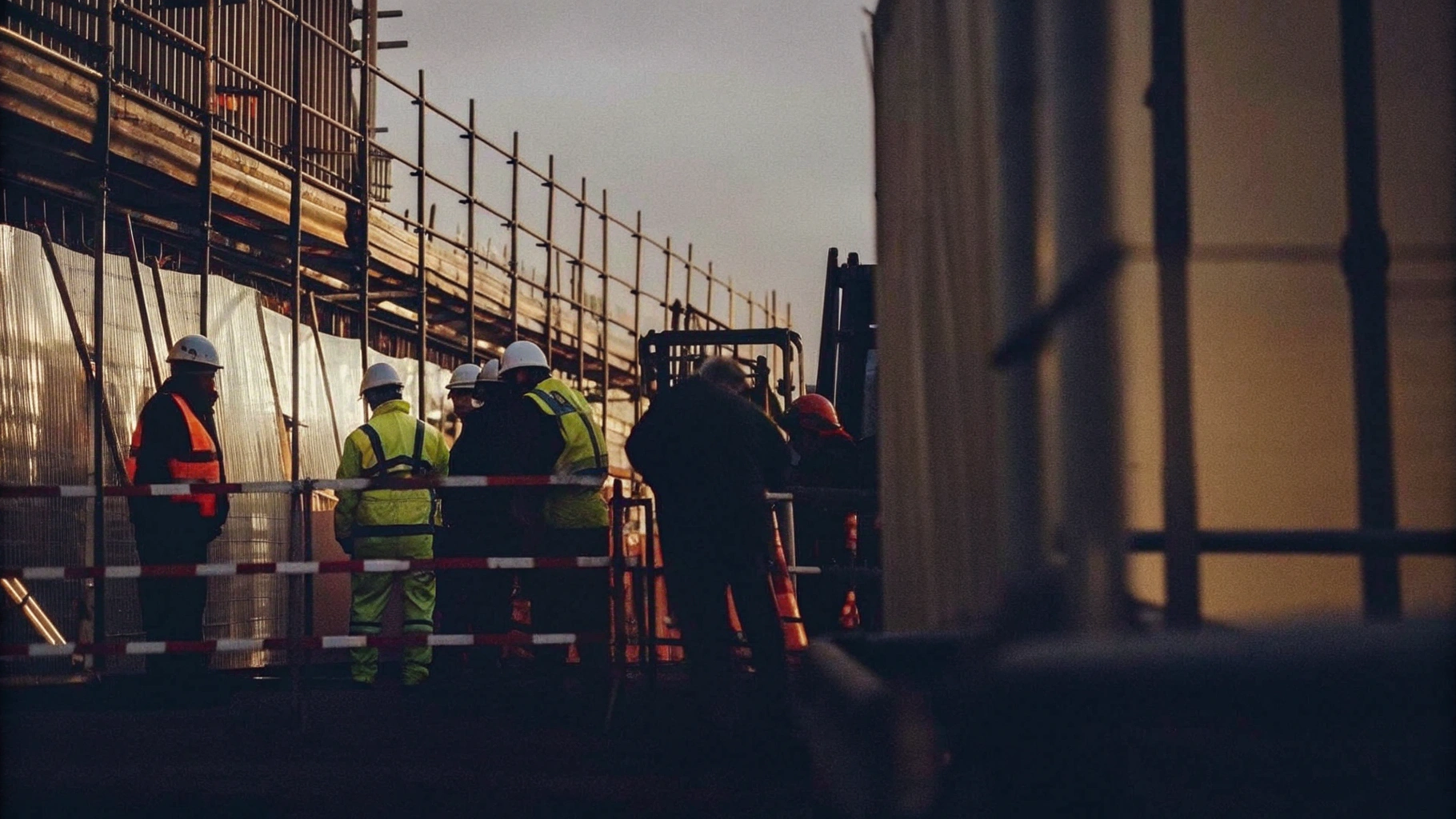
Continuously Evaluate and Adapt Security Strategies
To ensure security strategies remain effective, implement the following practises:
- Routine Safety Evaluations: Statistics indicate that 92% of building locations encounter theft and vandalism. Regular assessments of protective measures by a security agent are essential to evaluate their efficiency and identify any deficiencies that may compromise safety. The reality is, without these evaluations, businesses risk significant operational disruptions.
- Feedback Mechanism: Establishing a robust system for gathering input from workers and personnel about the effectiveness of current protective measures is crucial. This feedback is vital for pinpointing areas that require improvement, ensuring that security agent measures evolve alongside operational needs.
- Adapt to Project Changes: As project scope, location layout, or workforce dynamics shift, it is imperative to modify protection protocols accordingly. In practise, a security agent's adaptability in protective measures is essential to effectively address emerging risks.
- Stay Informed on Threats: Keeping abreast of is vital for maintaining construction area safety. Frequent updates to protection strategies based on current intelligence can significantly enhance safety and mitigate potential threats, which is a key responsibility of a security agent.
- Engage with a security agent: Collaborating with professionals from Priority First can provide insights into best practises and innovative solutions that enhance location safety. As Alex Cordwell highlights, a protection strategy should be established before work begins, not in reaction to an incident.
By consistently assessing and adjusting protective strategies with the help of a security agent, construction locations can uphold a proactive stance on risk management, thereby ensuring the well-being of personnel and assets. Routine evaluations and feedback systems not only enhance effectiveness but also foster a culture of responsibility among all site stakeholders, including the security agent. For instance, a security agent can help establish a secure perimeter, serving as the first line of defence against unauthorised access, exemplifying the practical application of these principles. Priority First is committed to offering tailored safety solutions with the help of a security agent that improve business protection and operational efficiency, ensuring your distinct risks and expectations are addressed. Start your free security assessment with Priority First today to discover how we can help safeguard your business.
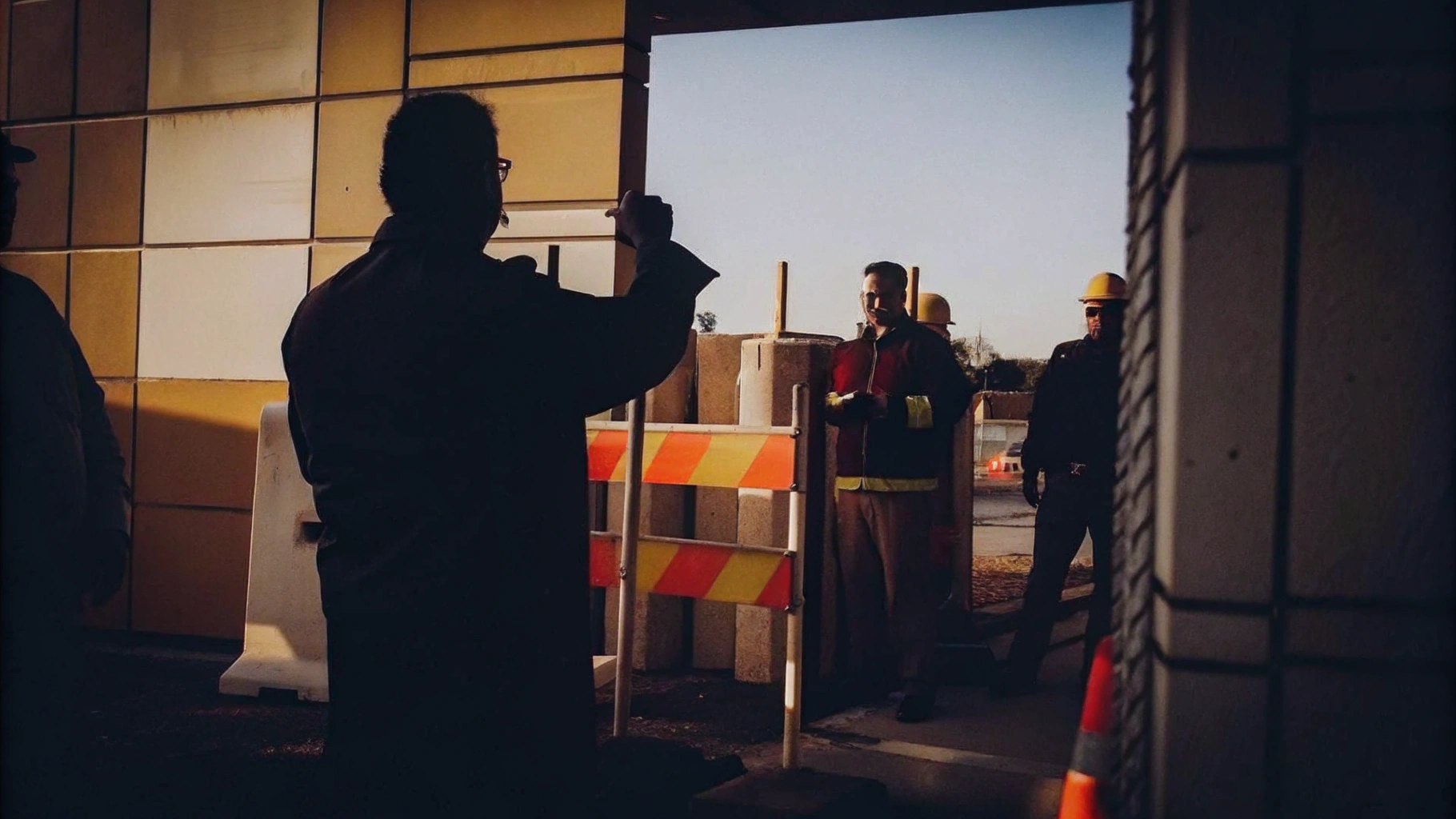
Conclusion
Enhancing safety on construction sites is not merely a regulatory requirement; it is a crucial investment in the well-being of workers and the protection of valuable assets. The reality is that effective security agents and comprehensive strategies are essential in addressing the unique challenges faced in the construction industry. By prioritising security assessments, leveraging advanced technologies, and implementing robust safety protocols, construction managers can create a safer environment that fosters productivity and trust among all stakeholders.
Key insights shared throughout the article highlight the necessity of thorough risk assessments, the integration of AI and technology, and the implementation of continuous evaluation processes. In practise, establishing secure perimeters, utilising smart monitoring systems, and developing comprehensive safety protocols each play a vital role in mitigating risks. The lesson is clear: regular training and employee engagement further demonstrate how a culture of safety can be cultivated, ultimately leading to reduced incidents and improved morale.
That said, the significance of proactive security measures cannot be overstated. As the construction landscape continues to evolve, embracing innovative technologies and adapting strategies to meet emerging threats will be essential. Stakeholders are encouraged to take action now—invest in security assessments, engage with professional security agents, and commit to ongoing training and evaluation. By doing so, construction sites can ensure not only compliance with safety regulations but also the creation of a resilient and secure working environment for everyone involved.
Frequently Asked Questions
What is the first step in assessing security needs for construction sites?
The first step is to conduct a comprehensive risk assessment, starting with a thorough site analysis to evaluate the physical layout and identify potential access points and vulnerabilities.
Why is site analysis important for construction site security?
Site analysis is crucial because it helps identify potential access points, blind spots, and areas vulnerable to theft or vandalism, allowing for the establishment of a secure perimeter.
How can historical data contribute to security assessments?
Reviewing historical data on past incidents of theft, vandalism, or safety breaches helps identify patterns and vulnerabilities, which is essential for implementing proactive protective measures.
Who should be consulted during the security assessment process?
Stakeholder consultation should involve collaboration with project managers, employees, and security agents to gather insights on perceived risks and past safety challenges.
Why is regulatory compliance important in security assessments?
Ensuring compliance with local regulations and safety standards is vital as it dictates specific protective measures, protects personnel, and mitigates legal risks associated with unauthorised access and potential injuries.
How can technology enhance security on construction sites?
Technology integration, such as surveillance cameras, motion detectors, and access control systems, can enhance safety by providing effective monitoring and adaptable coverage through mobile surveillance units.
What is the outcome of performing a comprehensive security evaluation?
A comprehensive security evaluation allows project managers to create a focused protection plan that reduces risks, safeguards valuable assets, and ensures project continuity.


